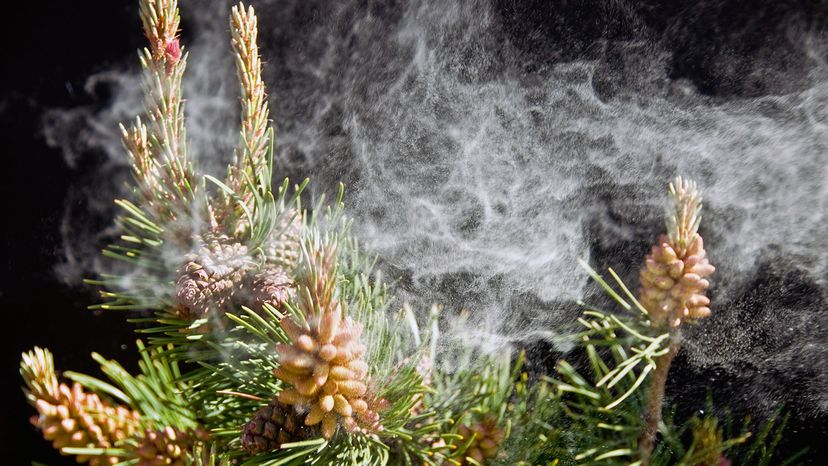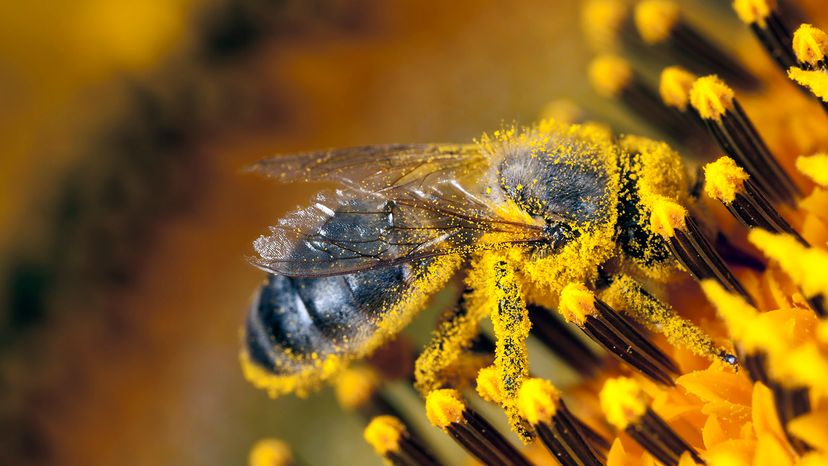If you tune in to a television weather forecast during pollen season, you'll likely hear them talk about the day's pollen count. You maybe even wondered whether the "count" was some sort of estimate of air quality. Literally counting microscopic grains of pollen each day might sound a bit farfetched, but that is precisely what is happening, plus a lot more.
"The pollen count is the number of pollen grains in a cubic meter of air over a 24-hour period," says Katie Walls, meteorologist at Spectrum News 1, a 24-hour cable news channel in Charlotte, North Carolina. (When we talked to her in 2019, she was a meteorologist at WSB-TV, the ABC affiliate in Atlanta.) That's when she explained that certified counters from Atlanta Allergy & Asthma get up early and physically count the number of pollen particles on a glass slide that has been outside for the prior 24 hours. "The number you see on WSB-TV is the number from that morning's count and represents the pollen present in [metro Atlanta]."
More specifically, pollen is captured by a volumetric air sampling instrument, which means, according to Levetin, a known volume of air that is sampled. There are two types of instruments: rotating arm impactors, like the Rotorod Sampler, and Hirst-type spore traps, like the Burkard Sampler. They are both volumetric, but they operate on different principles, and microscopic analysis is needed to analyze both types of samples.
The rotating arm version has a head that rotates at 2,400 revolutions per minute. While it spins, two small, greased rods drop down, capturing pollen and spores. These rods are placed into a special microscope adapter and examined. The Hirst-type instrument, on the other hand, has a suction trap that sucks in air and particles that adhere to a greased microscope slide inside. In this case, the slide moves toward the intake orifice at 2 millimeters (0.07 inches) per hour so it's possible to see what was swirling through the air hour by hour during examination.



